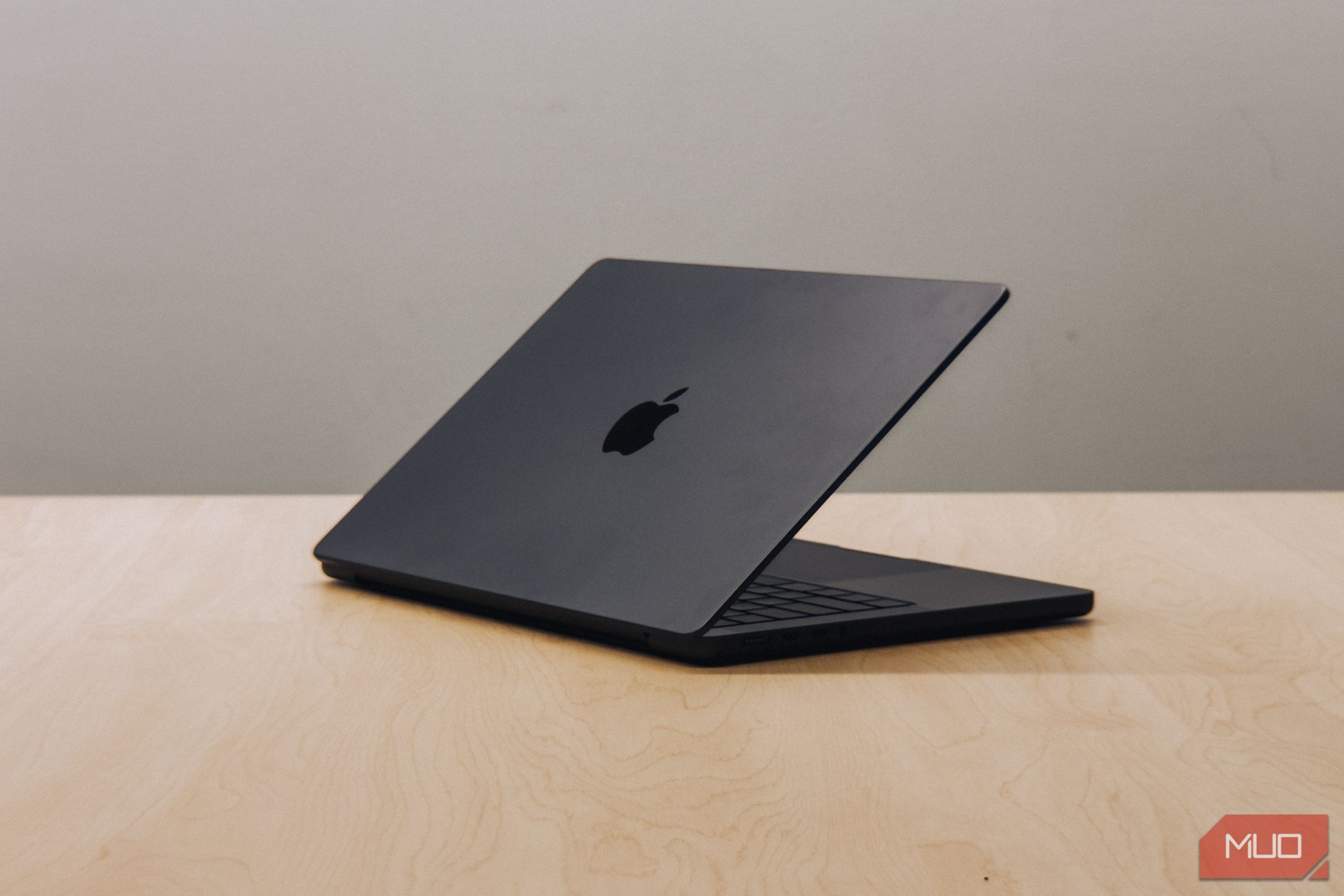Ever since Apple moved to its own silicon, support for Intel Macs has slowly been dropping. With the upcoming macOS 26, even more Intel-based Macs are being discontinued, so if you’re still using one, it’s time to consider upgrading.
More Intel Macs Kick the Bucket
AppleInsider reports that the latest macOS version, currently called macOS 26, will be dropping support for the 2017 iMac Pro, 2018 Mac mini, 2018 MacBook Pro models, and 2020 MacBook Air. So if you’re holding on to your older, Intel-based Mac, chances are you’re going to miss out on the next big macOS update.
Specifically, the pre-release version of macOS 26 supports the following devices:
- MacBook Pro 2019 or later
- MacBook Air M1 or later
- iMac 2020 or later
- Mac Pro 2019 or later
- Mac mini M1 or later
- All models of the Mac Studio
If you have an older Mac, chances are you’ll be missing out on all the new visual changes and Apple Intelligence features that come with macOS 26—a strategy similar to what Apple did with the iPhone, limiting its latest AI features and UI enhancements to newer devices. It’s likely that the company will drop support for the remaining Intel Macs by 2026.
macOS 26 is set to be the biggest software update for Macs since at least Big Sur, with the primary goal of achieving more cohesion between Apple’s various operating systems. Bloomberg reports that the iPhone-maker plans to unify the look of iOS, iPadOS, and macOS for a more streamlined experience.
However, all these new visual and feature additions are going to cost you storage space. The first developer beta of macOS 26 is expected to be over 17GB, nearly 2GB larger than its predecessor, macOS Sequoia. You can expect the final name for the upcoming macOS version and other details to be revealed at WWDC 2025 on June 9.
It’s Time to Upgrade to Apple Silicon
The move is clearly aimed towards slowly phasing out older, Intel-based Macs and transitioning to an environment where both the software and hardware are entirely made by Apple.
The devices being dropped for macOS 26 aren’t poor machines in terms of hardware, and chances are you’ll still be able to use them for at least a couple of years before feeling the need to upgrade. However, with no new software updates, you’re left open to security vulnerabilities, meaning you have no choice but to upgrade to a newer, M-series Mac if you want to continue strolling Apple’s walled gardens.
Some macOS features may make you ditch your Windows PC, but unless you’re buying an M-series Mac, it’s not going to last you long. There are also some macOS Sequoia features Windows 11 already has, so if you want to stick with Intel, jumping over to Windows or Linux might be the best way forward.


